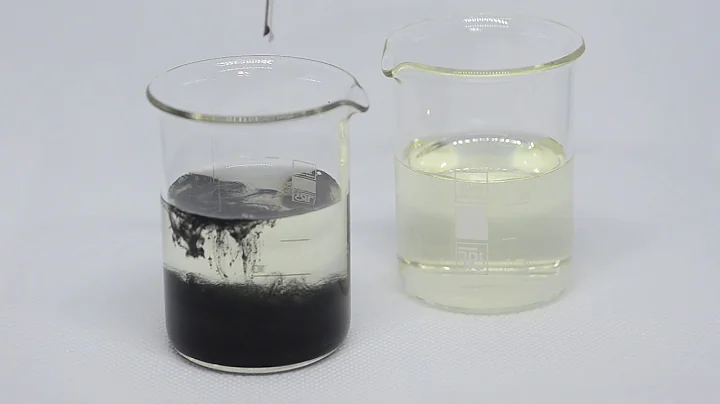Ferrous sulfate reduces soil Hexavalent chromium

Ferrous sulfate
)
In view of the problem that the hexavalent chromium in the soil exceeds the standard, ferrous sulfate is first used to reduce the hexavalent chromium in the soil to trivalent chromium . Then use sodium hydroxide for stabilization treatment, and finally convert the chromium in the soil into chromium hydroxide. The hexavalent chromium in the treated soil reaches the corresponding standard requirements, and the risk of heavy metals being transferred to the food chain is eliminated. Facts have proven that this method can very well remediate chromium-contaminated soil and meet the usage requirements.
How to use ferrous sulfate to reduce hexavalent chromium
Take out 8 soil samples from the wrong pollution points in the contaminated site. Each soil sample is a mixture of surface soil (sampling depth 0-20cm) and middle soil (sampling depth 20-60cm) Sample.
1. Place the soil sample in an Erlenmeyer flask, add ferrous sulfate solution, stir for 5 minutes, and set aside for 5 minutes. The highly toxic hexavalent chromium in the soil sample will be converted into less toxic trivalent chromium.
2. After reduction, Add NaOH to the soil sample to adjust the PH value to weakly alkaline 8-8.5, stir for 5 minutes, and set aside for 5 minutes. Trivalent chromium ions will form Cr(OH)3 precipitation.
3. Add an aqueous solution 3 times the mass of the soil sample to the original soil sample and the stabilized soil sample, soak for 45 hours, and filter out the suspended solids with filter paper.
4. Use diphenyl carbon to detect hexavalent chromium in the soil sample. Acid dihydrazide spectrophotometry (GB7467-1987) was performed.
Ferrous sulfate as a reducing agent can well reduce hexavalent chromium in the soil to trivalent chromium, effectively reducing the concentration of hexavalent chromium in the soil. After stabilization with sodium hydroxide, the concentration of hexavalent chromium in the soil leachate can be reduced. Extremely low, with no risk of transfer to the food chain under normal circumstances.





















